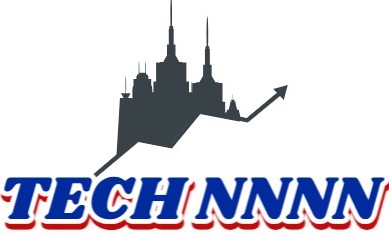Strategies for Organizational Development 3516020747

Organizational development hinges on strategic approaches that enhance overall performance while fostering collaboration. Effective strategies encompass employee training, alignment with goals, and performance metrics analysis. Trust-building through open communication is crucial for facilitating change. However, organizations often encounter challenges in implementation. Understanding these dynamics can reveal pathways to innovation and resilience. The subsequent discussion will explore these strategies in depth, shedding light on their practical application and potential impact on long-term success.
Understanding Organizational Development
Organizational development (OD) serves as a systematic approach to enhancing an organization’s overall effectiveness and health.
It facilitates organizational change through the application of developmental frameworks that promote adaptability and resilience.
Key Strategies for Enhancing Performance
To enhance organizational performance, a multifaceted approach is essential.
Key strategies such as implementing comprehensive employee training programs, analyzing performance metrics, and fostering team collaboration initiatives can create a robust framework for improvement.
Employee Training Programs
Maximizing employee potential through targeted training programs is essential for enhancing overall performance within an organization. Effective onboarding techniques and regular skill assessments ensure staff are equipped for success. Collaborative training fosters engagement and innovation, ultimately leading to improved productivity and morale.
| Training Type | Objective | Frequency |
|---|---|---|
| Onboarding | Introduce company culture | One-time |
| Skill Assessment | Identify development needs | Quarterly |
| Workshops | Enhance specific skills | Monthly |
| Team Training | Foster collaboration | Bi-annually |
Performance Metrics Analysis
While effective performance metrics analysis is crucial for driving improvement, organizations must adopt a strategic approach to identify and measure key performance indicators (KPIs) that align with their objectives.
Utilizing data visualization techniques allows for clearer insights into these performance indicators, fostering a collaborative environment where stakeholders can engage meaningfully in discussions about progress and adjustments.
Ultimately, this enhances overall organizational effectiveness.
Team Collaboration Initiatives
Effective team collaboration initiatives serve as a cornerstone for enhancing organizational performance, particularly when they are strategically aligned with overarching goals. By fostering team synergy and utilizing advanced communication tools, organizations can create an environment conducive to innovation and efficiency.
| Strategy | Benefits |
|---|---|
| Regular Check-Ins | Enhances accountability |
| Collaborative Tools | Streamlines workflows |
| Team Workshops | Boosts morale |
Fostering a Collaborative Culture
A collaborative culture is essential for organizations seeking to enhance innovation and productivity, as it fosters an environment where diverse perspectives are valued and integrated.
Effective trust building and conflict resolution are crucial components in establishing this culture. By encouraging open communication and mutual respect, organizations can create a dynamic atmosphere that empowers individuals, ultimately driving collective success and personal fulfillment.
Driving Innovation Through Change
Driving innovation through change requires organizations to embrace transformation as a strategic imperative.
Effective innovation leadership and change management can lead to profound benefits:
- Cultivation of a dynamic, adaptive workforce.
- Enhanced competitive advantage through creative solutions.
- Empowerment of individuals to explore uncharted territories.
Measuring Success in Organizational Development
How can organizations accurately gauge the impact of their development initiatives?
By identifying clear success indicators and employing robust evaluation methods, organizations can systematically assess progress.
Quantitative metrics, coupled with qualitative feedback, facilitate a comprehensive understanding of effectiveness.
Collaboratively engaging stakeholders in the evaluation process fosters transparency, ensuring that organizational development aligns with broader goals and empowers individuals to contribute meaningfully.
Overcoming Challenges in Implementation
Implementing organizational development strategies often encounters significant challenges that can hinder progress.
Effective leaders must address these issues to foster a culture of change:
- Change Resistance: Employees may resist new initiatives, fearing the unknown.
- Leadership Buy-In: Leaders must fully commit to the vision, ensuring alignment.
- Communication Gaps: Clear, transparent communication is essential to mitigate misunderstandings and build trust.
Conclusion
In the pursuit of organizational development, one might ironically find that the very strategies designed to foster collaboration and innovation can, at times, sow seeds of resistance among employees. Yet, through open communication and continuous skill assessments, organizations can transform skepticism into a shared vision. Ultimately, the path to enhanced performance is paved with unexpected challenges, revealing that the most effective growth often arises from navigating the complexities of human dynamics rather than mere operational tactics.



